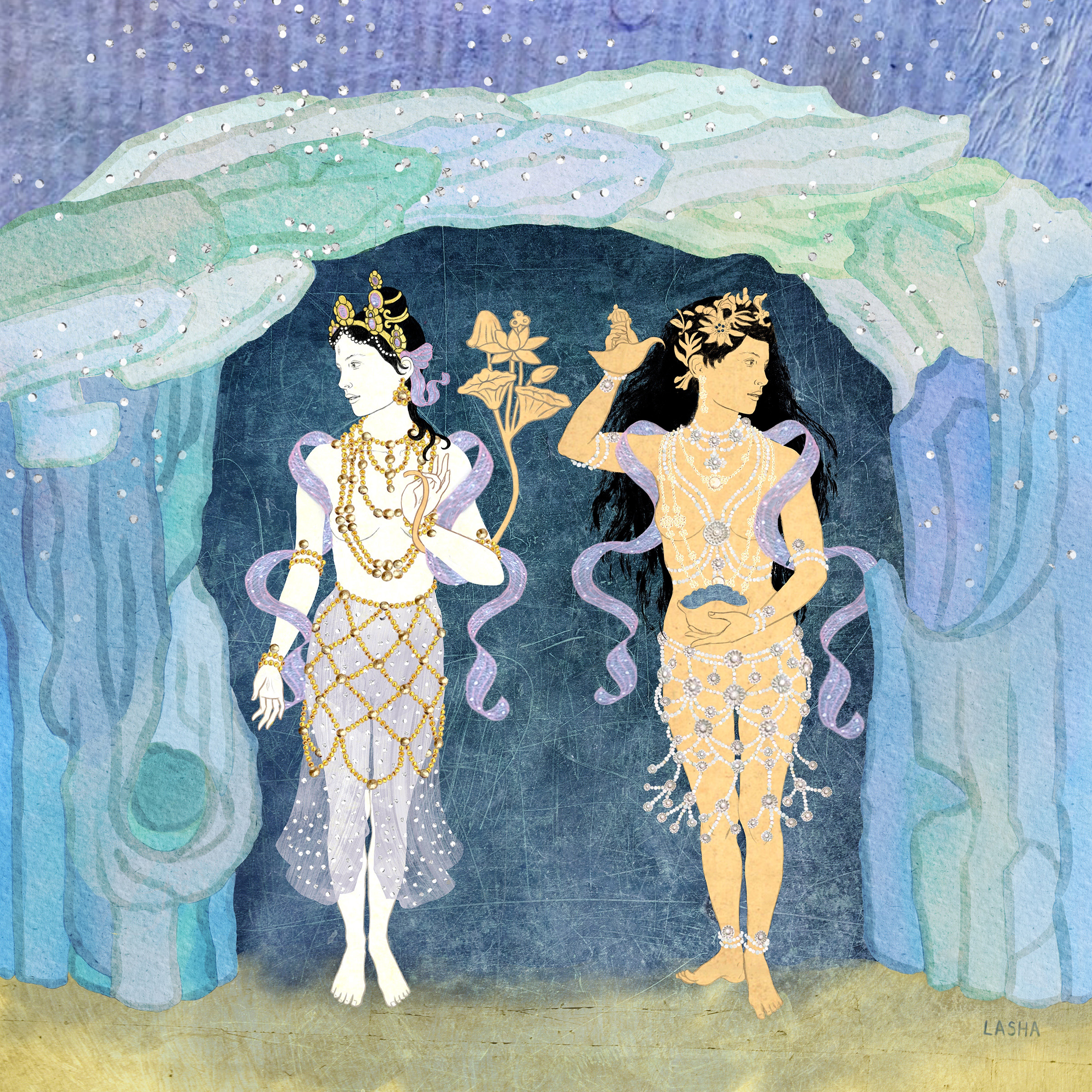
This gallery is being created with the aspiration to showcase art which expresses the Dharma and in this way brings people closer to the truth.
— Dzongsar Khyentse Rinpoche

To learn more about this wonderful artist please visit her website and Instagram page.

A worldwide network of buddhist practitioners studying and practising under the guidance of Dzongsar Khyentse Rinpoche.
Tất cả các tác phẩm bản quyền sẽ thuộc về nghệ sĩ sáng tạo, các tác phẩm được giới thiệu sẽ không được tải xuống hoặc thu lợi nhuận bởi tổ chức, và chúng tôi có thể gắn đường dẫn liên kết đến trang web riêng của các nghệ sĩ. Chúng tôi rất tiếc phải thông báo rằng các tác phẩm có chứa hình ảnh được tạo bởi AI sẽ không được chấp nhận.
https://calendar.google.com/calendar/u/0/[email protected]